
Our finalists 2024
Anna Gemza
Medical University of Vienna, Austria
CD Laboratory for Immunometabolism and Systems Biology of Obesity Related Diseases
Why should you vote for me!

Abstract
Background: In the fast-paced 21st century, the constant rush leads to regular consumption of high-calorie, fatty, and sugary fast food due to time constraints. These poor dietary habits, coupled with a sedentary lifestyle, have significantly contributed to increasing obesity rates and associated health problems. According to the World Health Organization, 16% of adults were obese in 2022. Hence, there is a necessity to decipher the complex, intertwined molecular pathways involved in obesity pathogenesis, including the triggers modulating the low-grade metabolic inflammation. Furthermore, there is also considerable demand for obesity treatments, as recently evidenced by the success of the blockbuster weight-loss drug Wegovy. Adipocytes are the parenchymal cell type of adipose tissue (AT) and significantly contribute to the development of obesity-associated inflammation. While it is known that during nutrient excess, adipocytes undergo different forms of cell death and secrete a multitude of adipokines/cytokines, leading to increased macrophage presence in AT, the specific mechanisms by which these different types of cell death reprogram adipose-tissue macrophages (ATMs) remain unclear.
Research objective: As metabolic messengers and lipids play crucial roles in immunometabolic homeostasis in both health and disease, our goal is to investigate reprogramming of ATMs by adipocyte-derived metabolites in obesity-related conditions. We hypothesize that the secretome of dying lipid-laden adipocytes contains metabolites that induce immunometabolic reprogramming of tissue-resident macrophages into specialized ATMs, mitigating lipotoxicity and associated complications. By exploring these mechanisms, we aim to advance understanding of obesity-related health issues such as diabetes, liver disease, and increased cancer risk.
Methods & Results: In our study, we induced apoptotic, necrotic, and pyroptotic cell death in vitro in primary murine and human adipocytes using UV, H2O2, and LPS/Nigericin, respectively. We assessed cell death specificity using membrane damage markers (e.g., Lumit® HMGB1 Immunoassay, LDH-Glo™ Cytotoxicity Assay), caspase activities (e.g., Caspase-Glo® 3/7, Caspase-Glo® 9, Caspase-Glo® 1 Inflammasome Assays), extracellular ATP release (e.g., RealTime-Glo™ Extracellular ATP Assay), and cytokine secretion.
Our findings indicated that LDH and HMGB1 levels significantly increased following H2O2 and LPS/Nigericin treatments, but not after UV treatment, suggesting that UV induced an immunologically silent cell death. In fact, UV-treated adipocytes exhibited high caspase-3 activation and extracellular ATP release, indicative of apoptosis. Additionally, IL-1α secretion, associated with pyroptotic cell death, was observed only in LPS/Nigericin-treated adipocytes. These results demonstrated that different cell death pathways can be specifically induced in both murine and human adipocytes. Next steps involve metabolomics and lipidomics analyses of supernatants from dying adipocytes to characterize their metabolite profiles. This approach aims to identify unique and conserved metabolite signatures across different forms of cell death, as well as metabolites that could serve as universal biomarkers for cellular death and disease, particularly those relevant to obesity. Subsequently, we will utilize these supernatants to treat macrophages and study metabolite-induced immune-reprogramming. By employing RNA-sequencing, our goal will be to investigate how adipocyte-derived metabolites affect the phagocyte transcriptome and elucidate the induction of an ATM phenotype in macrophages.
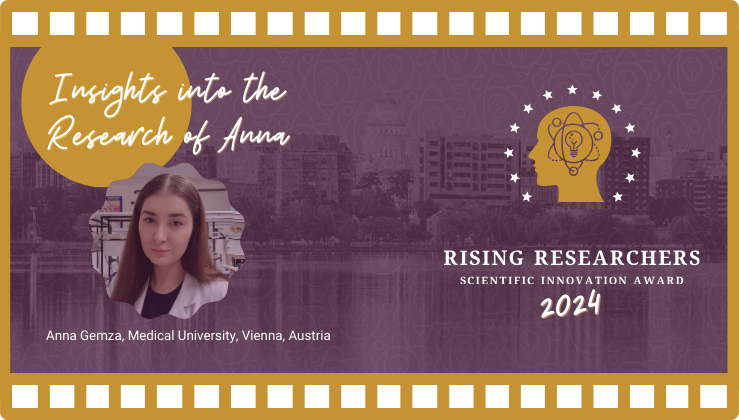
Reflecting on my scientific journey, a unique moment was when I decided after my master’s studies that I wanted to delve into immunology. I was initially unaware of immunometabolism, but when I discovered it, I instantly felt it was the right fit for me. By a stroke of luck, I ended up in my current lab, which turned out to be perfect for my new interest. It’s amazing how this unexpected turn led me to a project that aligns so well with my interests, making it feel like everything fell into place exactly as it was meant to.
I’m amazed by Marie Curie’s impact on science and her fearless attitude. Not only did she revolutionize our understanding of radioactivity and win two Nobel Prizes, but her influence is so strong in my home country that every town seems to have at least one street named after her! Her story shows that even when the odds are against you, you can still make a huge difference.
Gabriel Kaufmann
University of Veterinary Medicine of Vienna, Austria
Institute of Medical Biochemistry
Why should you vote for me!

Abstract
Relying on the very close interaction of proteins within biomolecular condensates, we use Förster-Resonance-Energy-Transfer (FRET) to evaluate the proximity and interaction strength of NUP98::KDM5A within onco-condensates. After cloning the necessary constructs with the help of Promega’s PureYield™ Plasmid Midiprep System, we successfully generated stable HEK293T cells expressing the NUP98::KDM5A fusion oncoprotein coupled to pairs of fluorophores with spectral overlap that is necessary for FRET. This allows energy to be transferred from the donor to the acceptor fluorophore to generate a FRET signal.
After establishing functional FRET of NUP98::KDM5A variants emerging from biomolecular condensates via confocal microscopy, we recently coupled FRET with flow cytometry (Flow-FRET) to achieve higher throughput and improved statistical power. Flow-FRET will allow us to apply CRISPR/Cas9-mediated or drug-based screening approaches to identify factors that are essential for the formation and function of NUP98::KDM5A-containing biomolecular condensation, as their inactivation is expected to result in a loss of FRET signal.
We will target specific genes/proteins that show a particularly high presence in the interactome of the fusion oncoprotein, as identified in a bioID experiment of NUP98::KDM5A-containing condensates. We will validate high confidence hits using various approaches that are established in the laboratory to obtain mechanistic insights in the molecular mechanisms of NUP98::KDM5A-dependent biomolecular condensation and leukemogenesis, and the effects of perturbation of essential condensate properties.
Using this approach, we will discover essential factors for NUP98::KDM5A-driven condensate formation and function, identifying new potential targets for direct targeted therapy.
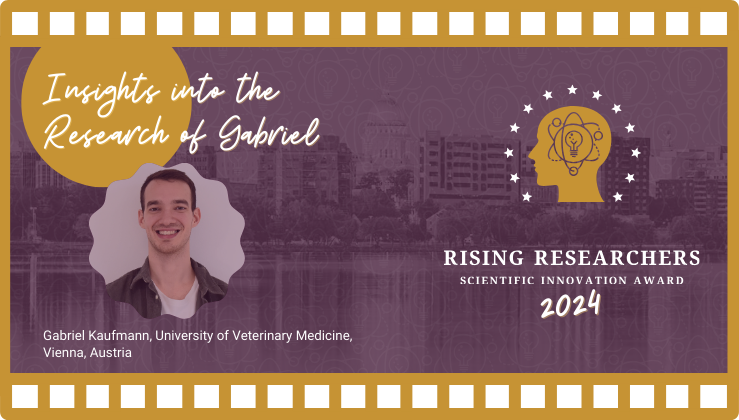
I was supposed to conduct my Masters’ thesis research in the lab of Richard Flavell at Yale School of Medicine in 2020, but then the pandemic hit and I wasn’t able to go to the US. Two years later, after finishing my Masters’ degree, I worked for the same lab I applied to before for one year. Life takes unexpected turns.
Hard to answer, but I would say Charles Darwin, because of his persistence and effort in developing the theory of evolution by natural selection. Despite facing scepticism and controversy, he spent decades gathering evidence from various fields like biology, geology, and ecology. His dedication to recording and linking these observations was groundbreaking, and his commitment to understanding the complexities of nature continues to inspire scientific research today.
Silke Lemmens
University of Cologne, Germany
Institute for Zoology
Why should you vote for me!

Abstract
Various techniques will be used to unravel the morphology, expression and synaptic partners of the hypothalamic melanocortin neurons. Firstly, HCR stainings will be used to examine the difference in amount and intensity of pomc-and agrp-expressing cells upon their feeding state (starved vs fed). Next, we will use single cell labelling techniques such as BGUG and Brainbow-variations to unravel the morphology of the hypothalamic cells. The morphological analysis can be complemented by the use of transgenic lines of pomca/b, agrp and Mc4/5r, some of which we will create using crispr-cas9 knock-in methods.
The morphological analyses can then be used as a template for connectomics analysis. This consists of an electron microscopy dataset of a larval zebrafish brain. Using this, we can find to which brain regions as well as to which cell types the hypothalamic pomc- and agrp-expressing neurons are synaptically connected.
Previous research from our lab has already shown that the visual system, the tectum in zebrafish, is an important player in feeding behaviour. Sensory information processing is of utmost importance to decide whether the moving object is a predator or food. When an animal is starved, they might take more risks in order to fulfil their nutritional needs. Therefore, our interest lays in the effect of visual processing on feeding behaviour. Our focus will be on the second-order partners such as the tectal cells. In this way, we can potentially unravel new functions of these hypothalamic neurons as well as the effect of feeding state on them.
Besides the morphological analysis, also behavioural tests can be performed. Since we are interested in the connections between the hypothalamus and the visual system, we can perform a size-discrimination assay. In this assay, a variety of dot sizes is shown and their ‘attack vs avoid’ behaviour is investigated. Here we can see the effect of starvation or feeding on their predation behaviour. It is expected that the starved fish will take more risks and will thus ‘attack’ larger dots to be able to fulfil their nutritional needs. Then we can add various pharmacological agents to interfere with the melanocortin system and investigate their effect on the behaviour. We can also use the Nitroreductase/Metrodinazole method to chemically ablate a certain celltype (e.g. pomca) to look at the behavioural alterations.
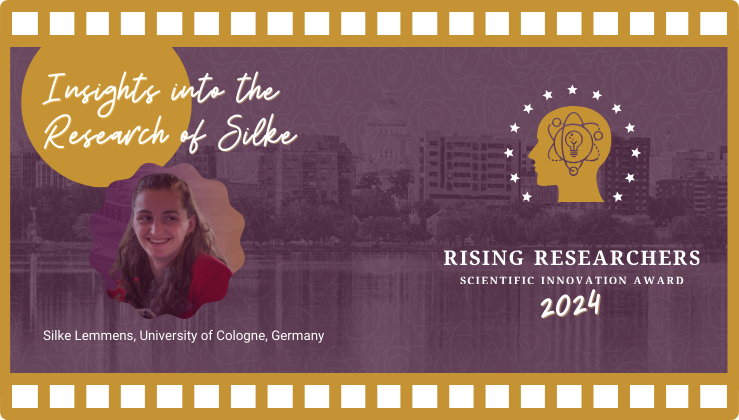
I started my science journey at the University of Antwerp where I enrolled in a bachelor of Biomedical Sciences. In this bachelor, it became clear to me that the brain, even though it is very complicated, is the most fascinating organ to study. Therefore, I pursued a Master in Neurosciences, where my passion for research was fueled further. After a master thesis on zebrafinches, I now end up doing research on the zebrafish. Stripes seem to really interest me. 😊
My favorite scientists are Jennifer Doudna and Emmanuelle Charpentier. These are the women who invented the CRISPR-cas9 DNA editing technology. This technique allows genome editing with unprecedented efficiency. This is extremely useful in zebrafish research to create transgenic lines or knock-outs. They are among the first women ( #6&7) to win a Nobel prize and the first all-women team to win the award.
Debanjan Mukherjee
Goethe University of Frankfurt, Germany
Institute for Cardiovascular Regeneration
Why should you vote for me!

Abstract
Methods: Transgenic mouse models were used to promote ablation of TBX18 in SMCs from early embryogenesis or in adulthood, the latter in presence or absence of a Marfan-causing mutation. Ultrasound(Echocardiography) and histological time course(Quantitative precision Immunostaining and advanced confocal microscopy) analyses were complemented by mechanistic analyses at the transcriptomic and translatomic levels. Using state-of-the-art Translating Ribosome Affinity Purification (TRAP) sequencing technology on murine experimental groups to directly investigate the cell type-specific (here SMCs) contribution of actively translating mRNAs was utilized. To identify direct targets of TBX18, (Chromatin Immunoprecipitation) ChIP-seq analyses were performed in primary human aortic SMCs. The potential involvement of TBX18 modulation in human aneurysm progression was assessed via transcriptomic analyses in a cohort of patients with aneurysms and ruptured aneurysms.
Results: Embryonic ablation of TBX18 in SMCs resulted in severe aortic malformations and lethality, whereas adult ablation resulted in milder phenotypes. However, when adult ablation was combined with a Marfan-causing mutation, it promoted exacerbated degradation of aortic ultrastructure and aortic root dilation. Transcriptomics and translatomics analyses revealed early gene expression alterations in aneurysm-predisposed aortae, which included downregulation of genes involved in muscle contraction and upregulation of immediate early genes encoding critical transcription factors involved in assembling a cellular response to external stimuli. ChIP-seq revealed genome-wide patterns of TBX18 binding in aortic SMCs, showing that TBX18 directly targets multiple of the genes that were mis-expressed in mutant aortae. Moreover, TBX18 expression was downregulated in human aneurysms with the degree of downregulation correlating with the severity of the lesion.
Conclusions: These results clearly demonstrated that transcriptional regulation by TBX18 in aortic SMCs is indispensable for normal aortic development, but also required to prevent gene expression programs associated with adverse remodeling in adult aorta. These findings improve our understanding of the functioning of this transcription factor and of molecular mechanisms underlying aneurysm development.
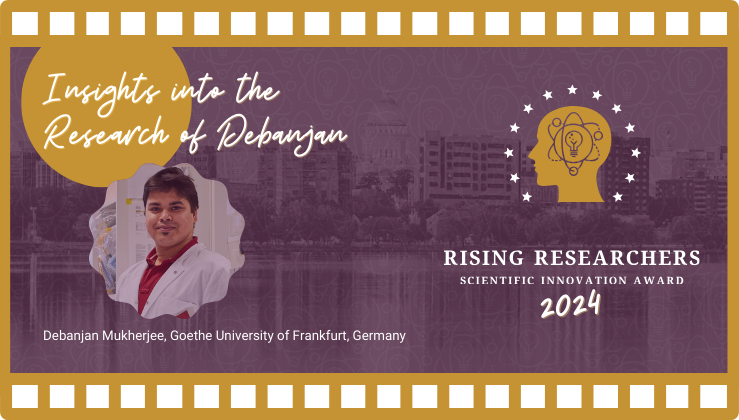
One particular “Eureka” moment in my scientific journey as a cardiac biologist occurred during my Junior Research Fellowship on regenerative therapies for heart failure. We were investigating the potential of the maincardiac contractile cells( cardiomyocytes) to repair damaged cardiac tissue after cryoinjury, and while following the regenerative phase after heart injury, we observed something unexpected—heart contractile cells( cardiomyocytes) began not only migratingfrom the non injured zone integrating into the injured heart tissue but also following the newly formed coronary vessels on the heart surface. This discovery, though preliminary back then, initiated a new avenue for improving heart function post-injury, and our research findings also have been also later cited by various labs worldwide. It was an exciting moment, reminding me of the vast, untapped potential in regenerative medicine, and reaffirmed my commitment to pushing the boundaries of cardiovascular research till today.
My favorite scientist is my PhD supervisor and director of the institute, Prof. Dimmeler. She has achieved remarkable success in the field of cardiovascular research, and despite her incredibly busy schedule heading diverse national and international associations and duties, she always finds time to provide exceptional guidance and support to her students. Her ability to balance cutting-edge scientific work with mentorship is inspiring, and her dedication to both science and the development of young researchers has had a profound impact on my own career and approach to research.
Curiosity fuels my constant desire to explore new scientific questions, pushing me to stay on the cutting edge of advancements in the field.
Dedication drives my commitment to long-term projects and overcoming challenges, particularly in areas like heart disease therapies.
My pragmatic nature allows me to approach complex cardiovascular research with precision, ensuring thorough and accurate conclusions.
Annika Reisbitzer
University of Siegen, Germany
Institute of Human Biology and Neurobiology
Why should you vote for me!

Abstract
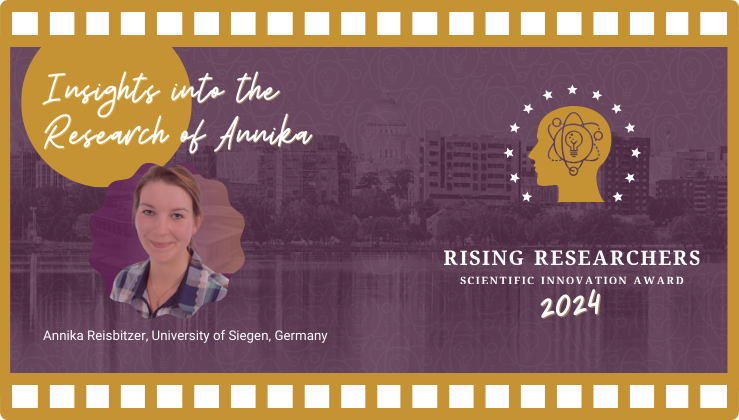
I can't say who my favorite scientist is because I can't decide. There have been and still are so many great scientists who enrich our society with their passion and innovation.
I have learned a lot from every scientist I have met so far and I look forward to having many more scientific discussions with them and others.
Elevating Your Path to Discovery
The award honors the best articles and scientific communications that showcase applications or methodologies using PROMEGA technology. Moreover, it's aimed at supporting and recognizing you for your scientific contributions and your academic path as a PhD student.
We want to support you in your career development and help you get access to new resources, new insights and new connections that will broaden your horizons.
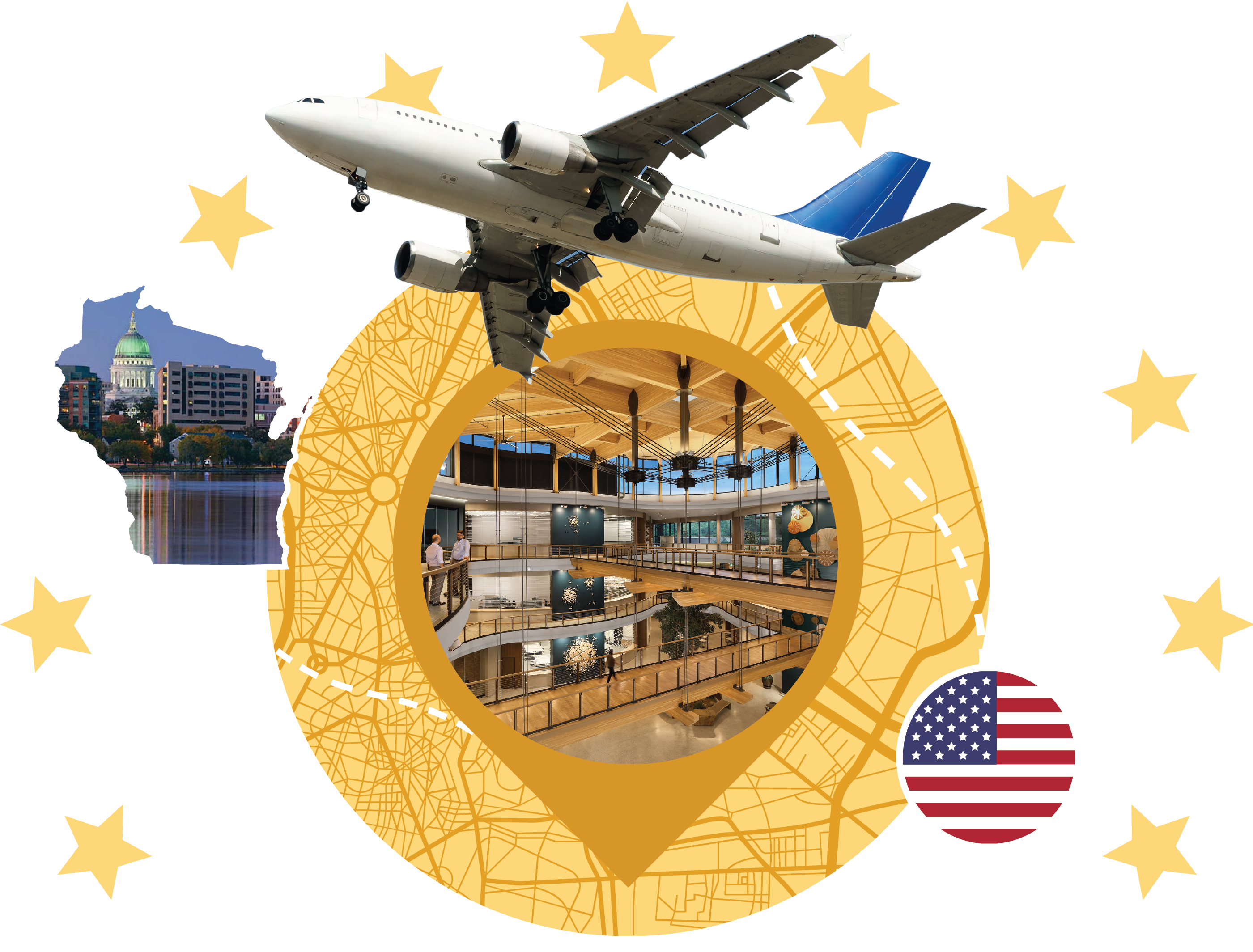

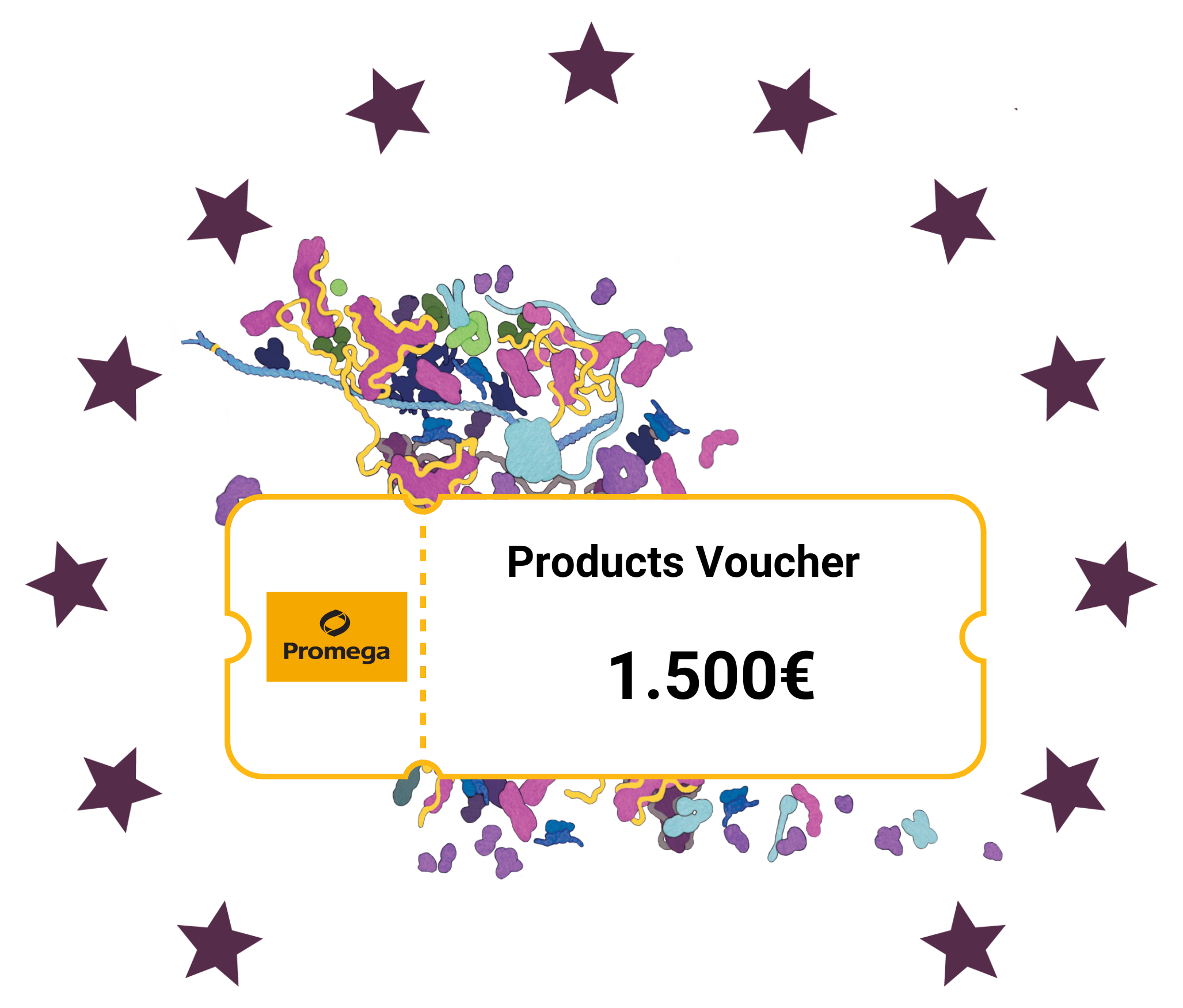
2nd Place
Voucher for Promega products worth 1.500 € or 6.500 zł
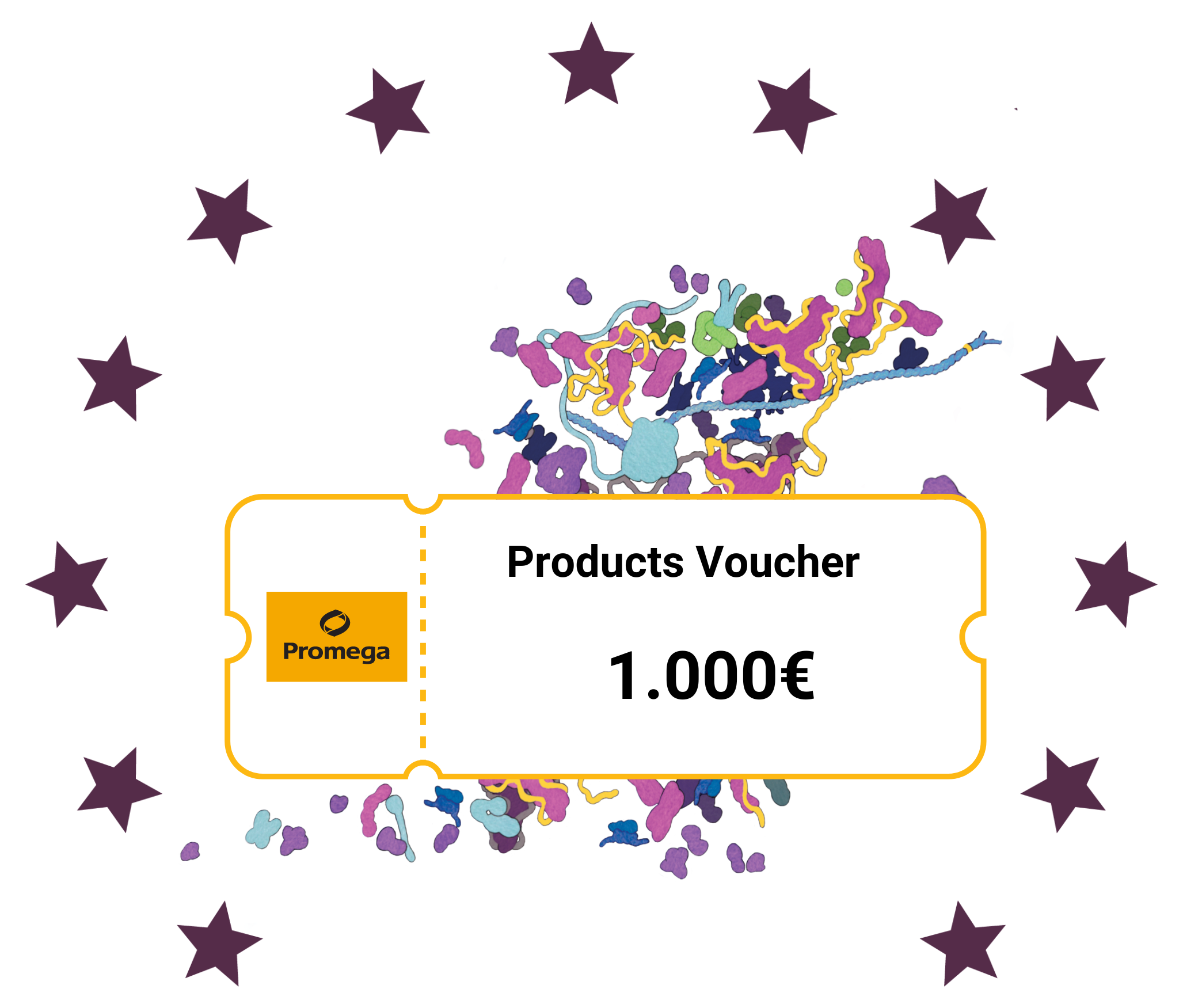
3rd Place
How to Apply
Timeline
 Applications Open
Applications Open
April 1st - June 30th, 2024
 Applications In Review
Applications In Review
July 1st - July 30th, 2024
 Finalists Notified
Finalists Notified
July 31st, 2024
 Finalists Announced & Voting Starts
Finalists Announced & Voting Starts
October 15th, 2024
 Voting Closes
Voting Closes
November 15th, 2024
 Recipients Announced
Recipients Announced
December 6th, 2024
Application Process

Rising Researchers Award Registration Form

Your basic information and an abstract of your research project
(500 words or less)

Top 5 Finalists from each participating Promega Branch
(Selected by Promega Representatives)

Voters must have an academic domain e-mail address
(Finalists can promote their videos to collect votes)

The finalist with the most votes from each Promega Branch wins
(Grand prize trip to Madison, WI to meet our R&D)
Announcement and participation conditions Rising RESEARCHERS Scientific Innovation AWARD 2024
The company Promega GmbH, located in 69190 Walldorf, Gutenbergring 10, Germany, registered in the Commercial Register under number HRB 7338 Mannheim (hereinafter "Promega"), organizes a competition entitled " Rising Researcher Award " (hereinafter referred to as the "Competition"), published on its website, see https://www.promega.com/en/global-data/promega-worldwide/europe/localized-content/region-pages/rising-researchers/rising-researchers-award/ (hereinafter the "Website").
1. OBJECTIVE
The purpose of the Contest is to select from Promega the best abstract submitted by June, 30 2024 by an Eligible Entrant (see also 2.1.1) that meets the criteria mentioned in 2.1.2 below.
2. PARTICIPATION
Participation in the competition implies unconditional acceptance of the provisions of these rules.
2.1. Criteria for participation:
2.1.1 Any natural person of legal age (hereinafter referred to as "Candidate") who is a PhD student in biology, biotechnology, biochemistry and who is a resident of Germany, Austria or Poland is eligible to participate, with the exception of Promega employees and their family members.
2.1.2 Each candidate must propose an abstract to Promega that meets the following cumulative conditions:
• Background: Why? What is the subject of the study?
• Objective: what is to be studied and what is the goal?
• Relevance of the topic: where should the research question lead? What is to be improved? What is the scientific or applied relevance of the topic?
• Methods: How will it be conducted? Are technologies/products from Promega used
• Preliminary results, if available.
• The abstract must meet scientific publication criteria that can be presented or correspond to a scientific publication in a congress or professional medium.
• The abstract must not exceed 500 words. No illustration is required at this stage.
• The abstract is in English.
2.2. How to submit applications:
2.2.1 To enter the competition, the candidate must complete the form on the website by entering his/her first name, last name, and e-mail and postal address, and the laboratory to which he/she belongs. Receipt of the form by June 30, 2024.
2.2.2 By participating in the competition, the candidate declares that he/she follows internal guidelines of the institution and that he/she may accept the offered prizes, if any.
2.2.3 By participating in the competition, the candidate agrees that his/her data, abstract, video and photo may be published on the Promega website for an indefinite period if nominated.
2.2.4 Any entry that is incomplete, incorrect, late and/or does not comply with the above conditions of participation will be excluded from the contest.
3. SELECTION OF WINNERS
3.1. First step – selection of five nominees:
3.1.1 A selection committee composed of employed Promega scientists (technical support, and product managers) will select 5 nominees.
3.1.2 This selection committee will select the five nominees based on the criteria outlined in 2.1.2 above.
3.1.3 This committee ensures that each of the 5 nominees are pursuing a student doctorate training (laboratory certification).
3.1.4 The committee will meet between July 1 - July 30, 2024 and notify the 5 nominees by email beginning July 31, 2024.
3.1.5 The committee will publish the results of the 5 nominees on the website starting October 15, 2024, as well as their abstracts.
3.2. Second step – selection of the winner of the competition:
3.2.1 From the publication of the list of five nominees and the corresponding abstracts on the Promega website, the nominees have until September 15, 2024, to send Promega a completed questionnaire and, ideally, a video to promote their work. This information will allow a sheet to be created for each nominee with their profile and research project on the Young Researchers Awards website before voting begins on October 15, 2024.
3.2.2 Audience Award/Public Award: each participant in the voting has only one vote. Voting is limited to all NOT Promega scientists. Each scientist/participant may vote for an individual nominee after consulting the nominee's profile on the website. To do so, he/she submits the form provided on the website with his/her first name, last name and email and postal address and the laboratory he/she is affiliated with. Voters must have an academic domain e-mail address.
3.2.3. The voting will end on November 15, 2024.
3.2.4. The nominee with the highest number of votes is the winner.
3.2.5. The names of the winner will be published on the website on December 06, 2024.
4. PRIZES
4.1.1 The competition has the following prizes:
1st prizes: a trip to Promega Corp., Madison, Wisconsin, USA. Length of stay not to exceed four days. The stay includes round-trip airfare, a visit to Promega's research and development center in Madison with a meeting of on-site specialists, including transportation, lodging and meals. The value of the amount of the 1st prize may not exceed 4,000 Euros including VAT.
2nd prize: A voucher for Promega products with a net value of 1.500 € (or 6.500 Zloty) net.
3rd prize: A voucher for Promega products worth 1.000 Euros (or 4.325 Zloty) net.
4.1.2 The prizes will be delivered to the email address given by the candidates when registering for the contest within a maximum of 6 months after the announcement of the winners.
5. INTELLECTUAL PROPERTY RIGHTS
5.1.1 The candidate retains all intellectual property rights to the abstract he/she proposes to Promega as part of the contest.
5.1.2 Without prejudice to the foregoing, Promega shall remain the owner of all rights relating to the Promega Technology that is the subject of the Abstract.
5.1.3 In case of infringement of intellectual property rights by the Candidate, Promega reserves the right to exclude such Candidate from the Contest.
5.1.4 The candidate guarantees to be the author of the abstract and guarantees Promega against any third-party claims for infringement.
5.1.5 The candidate transfers to Promega his/her right to use, publish the abstract in a promotional event related to the contest and for subsequent communications about the Promega technology(s) that were the subject of the abstract, without such use being able to establish any rights other than the prize he/she won.
6. DISCLAIMER
6.1.1 Promega reserves the right to shorten, lengthen, postpone, or cancel the Contest at any time if circumstances so require or in case of force majeure. It cannot be held liable for this fact. In case of unavailability, Promega reserves the right to replace the prize won with an equivalent prize and similar features.
6.1.2 Promega declines any responsibility in case of misuse or incident related to the use of the computer, Internet access, other technical connection or sending forms to an incorrect or incomplete address, as well as for any damage that may occur to the winners during the use or enjoyment of their prize (the winners).
7. PERSONAL DATA OF THE CANDIDATE
7.1.1 In accordance with the applicable law and the new General Data Protection Regulation (GDPR), the Candidates have the right to access, rectify and delete their personal data by writing to the following address: privacyteamEU@promega.com or by filling in the opt-in form provided for this purpose on the Promega website https://www.promega.de/legal/gdpr.
7.1.2 Use of the collected data for advertising purposes
The collected data is intended for Promega and may be used for commercial advertising purposes - promotions in the media, social networks, Promega website or non-Promega media, unless the candidate objects by indicating this at the time of participation.
8. MISCELLANEOUS
8.1.1 The full contest rules are available on the website.
9. APPLICABLE LAW AND DISPUTES
9.1.1 This regulation is governed by German law.
9.1.2 Any fraud or violation by a candidate of any of the provisions of these rules may automatically lead to his/her exclusion from the contest by Promega. The latter reserves the right to take legal action against him/her if necessary. Such exclusion, for whatever reason, will result in the cancellation of the candidacy of the candidate concerned and of his/her possible winnings.
